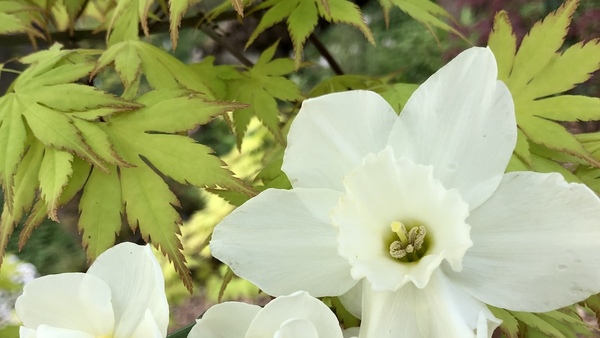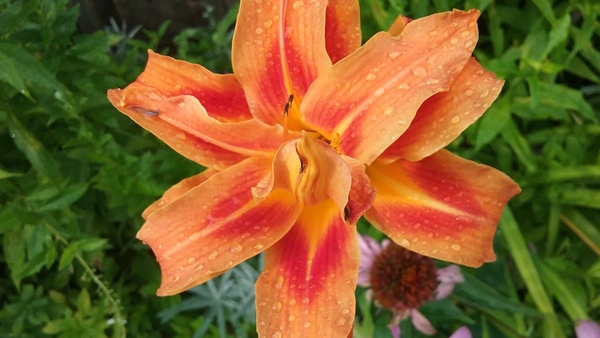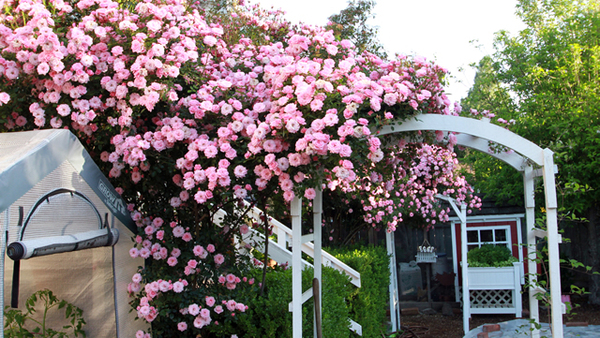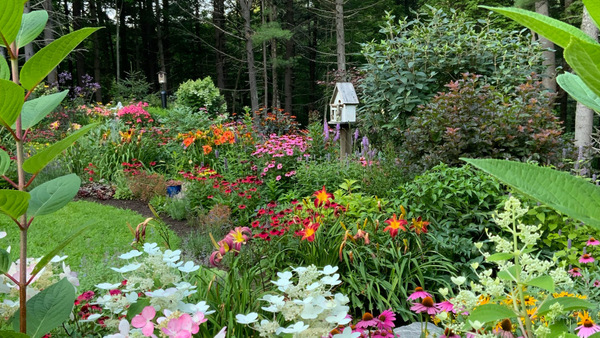
A native small tree found in wetlands from Minnesota to Florida and from New England to California, buttonbush can reach 8 to 15 feet tall and is often wider than it is tall. Prune it into a small multi-trunked tree to reveal the curly bark of its young stems and the punctuated pale spots of its older stems. Blooms are extremely rich in nectar and attract butterflies and other insects.
Noteworthy CharacteristicsMidsummer blooms look like fuzzy white balls arranged in clusters at the end of each twig. Flowers mature to spherical fruit that turns golden brown in autumn, persisting into winter and attracting wildlife. Slow to leaf out in spring, foliage is a rich glossy green, with red veins and red midribs beneath, and bronze, burgundy, or yellow tones in autumn.
CareGrow in fertile, rich, moist, neutral to acidic soil, in full sun. Tolerates clay soil.
PropagationFrom seed, or take semi-ripe cuttings in summer, or hardwood cuttings in winter.
ProblemsInfrequent.
- Genus : Cephalanthus
- Zones : 10, 4, 5, 6, 7, 8, 9
- Plant Height : 10 to 15 feet
- Plant Width : 15 to 30 feet
- Light : Full Sun
- Characteristics : Interesting Bark
- Moisture : Medium to Wet
- Maintenance : Moderate
- Plant Type : Shrubs
- Bloom Time : Summer
- Plant Seasonal Interest : Summer Interest
- Flower Color : White


























